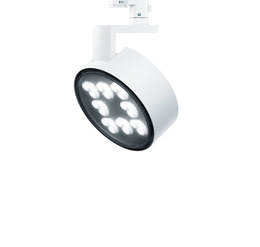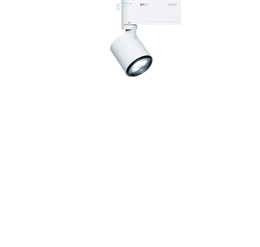The new Museum of Prehistoric, Protohistoric and Medieval Archaeology (MAMUZ) in the Austrian town of Mistelbach goes by the motto "Discover, be amazed, try it out!". In an interactive approach visitors here can relive the development of the human race over thousands of years.
Visitors become archaeologists
How are names today written in runes? Is there a difference in difficulty in the processing of copper, bronze and iron? The MAMUZ is known for its focus on experimental archaeology and interactive presentation. Historical issues are settled through practical experiments, such as the building of a Neolithic longhouse. The high quality of its work is evidenced by the fact that the MAMUZ is also the centre and training facility of the Institute of Prehistory and Historic Archaeology of the University of Vienna. In addition to lectures, students here are given practical knowledge of craftsmanship, material sciences and work processes. The museum’s investigative approach also shows in the interactive character of its exhibition. Equipped with microscopes and timelines, visitors themselves can become researchers in the Researchers’ Laboratory.
About treasure troves and sabre-toothed tigers
The MAMUZ is a fusion of the Lower Austria Museum of Prehistory in Asparn/Zaya and the MZM Museumszentrum Mistelbach adopting "40,000 years of human development" as a joint theme. Original, historical residential, farming and trade buildings are found at the Asparn castle/Zaya. A highlight here is the Realm of Treasure with a hoard from the Wiener Neustadt, which was deposited at its later site under the Habsburg Monarchy in the 14th century. The Museum Mistelbach – housed in what once was a factory for agricultural machines and equipment – presents annually changing exhibitions. The current display, "Giants of the Ice Age", gives insight into the time of mammoths, woolly rhinoceroses and sabre-toothed tigers.
Individual design of each exhibition room
Aside from the fact that the MAMUZ includes a variety of buildings from diverse historical contexts, each exhibition room has its own design. The "Fire in Life and Death" section, for instance, is kept in shades of red. A dramatically backlit wall reminds of a burning wood façade. The dominating tone of the walls and pedestals in the "Rich and Poor in the Holy Empire" room, meanwhile, is violet with figurative artwork in white. The room is spanned by a ceiling dome with a checked pattern, which is also kept in violet and white. Because of these different interiors and colour schemes, each exhibition sector needed to be regarded separately for the lighting.
Precise and efficient lighting
As a stipulation of the client, the luminaires themselves had to be as inconspicuous as possible. In the many varied rooms with interactive input, the light was to recede into the background. Ambient lighting is provided without spill light by the minimalist Parscan floodlight, which can be freely rotated with excellent glare control. Exhibits, showcases and wall text are accentuated by the Pollux contour spotlight. This compact and versatile lighting tool produces beams with a crisp edge. Both the exhibitions and the information texts appear to be framed and self-illuminating. As a result, the view of the observer is directed onto essential aspects.











